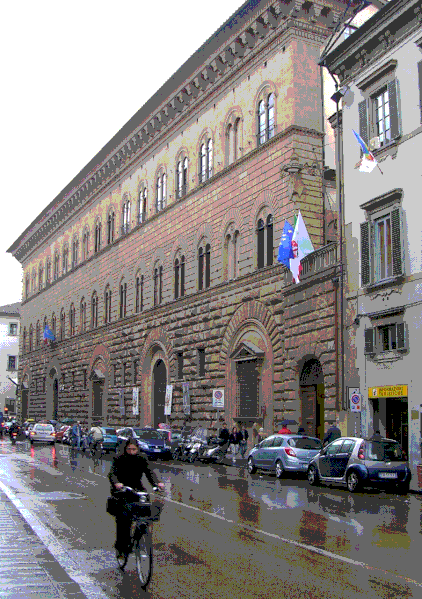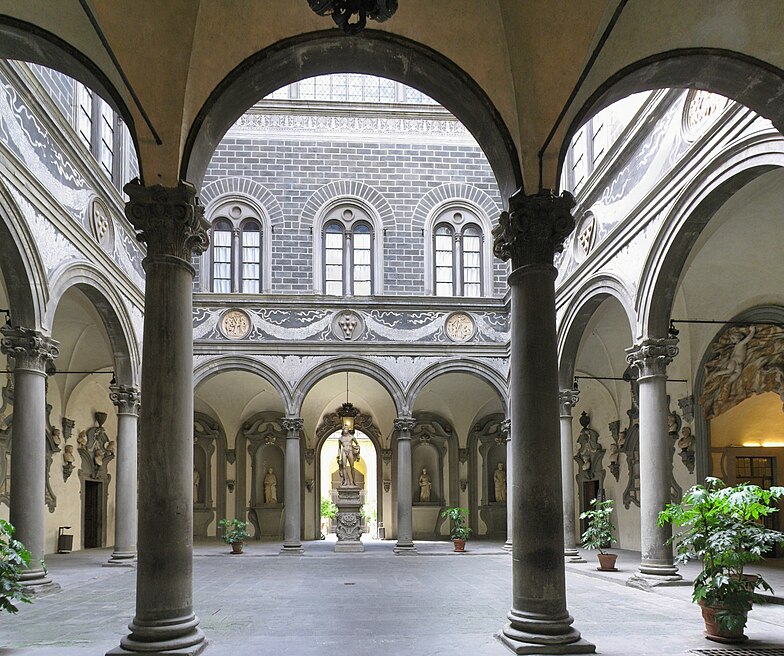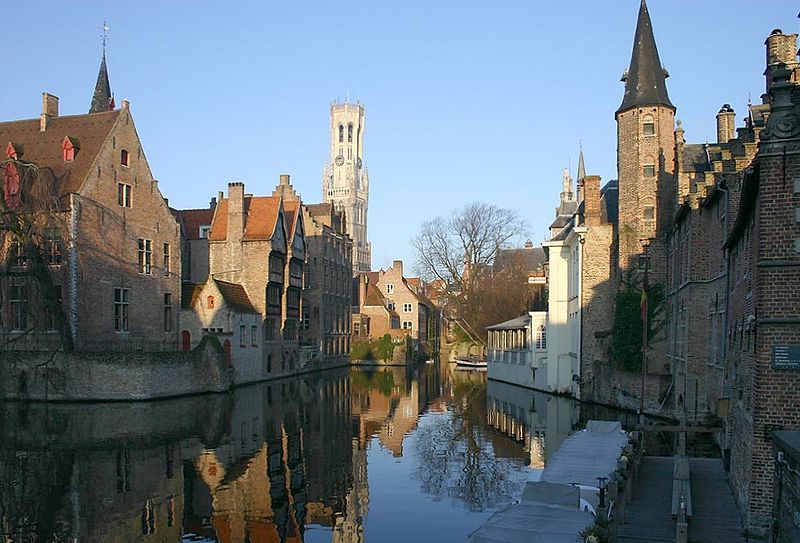 |
| Latin inscription |
|
Word
|
Meaning
|
Derivative
|
|
Terra, terrae, f. (noun)
|
Land, Earth
|
Mediterranean
|
|
Pugna, pugnae, f. (noun)
|
Battle
|
Repugnant
|
|
Argentum, i, n. (noun)
|
Silver
|
Argentina
|
|
Nihil
|
Nothing
|
Annihilate
|
|
Soror, sororis, f. (noun)
|
Sister
|
Sorority
|
|
Gaudium, gaudi, m. (noun)
|
Joy, gladness
|
Gaudy
|
|
Cano, canere, cecini, cantus (verb)
|
To sing
|
Chanteuse
|
|
Spelunca, ae, f. (noun)
|
Cave
|
Spelunking
|
|
iubeo, iubere, iussi, iussus (verb)
|
To order
|
Jussive
|
|
Albus, a, um (adjective)
|
White
|
Albino
|
|
Gero, gerere, gessi, gestus (verb)
|
To wear, carry on
|
Belligerence
|
|
Dolus, i, m. (noun)
|
Trick, fraud, deceit
|
Sedulous
|
|
Bonus, a, um (adjective)
|
Good
|
Debonair
|










